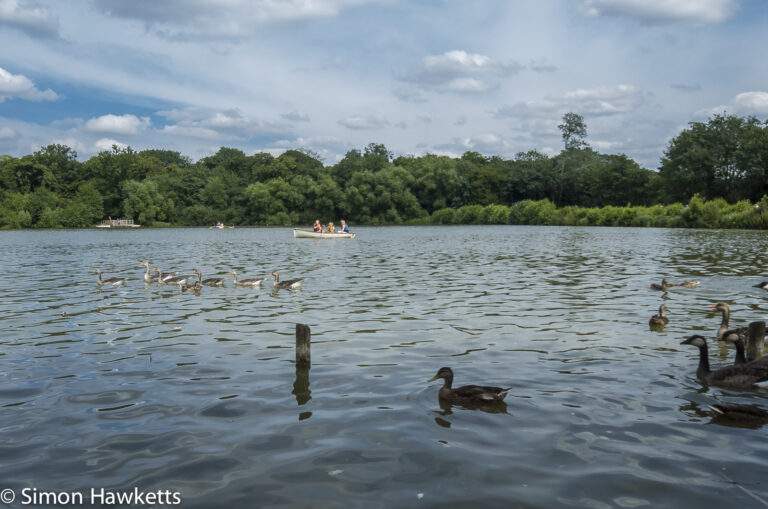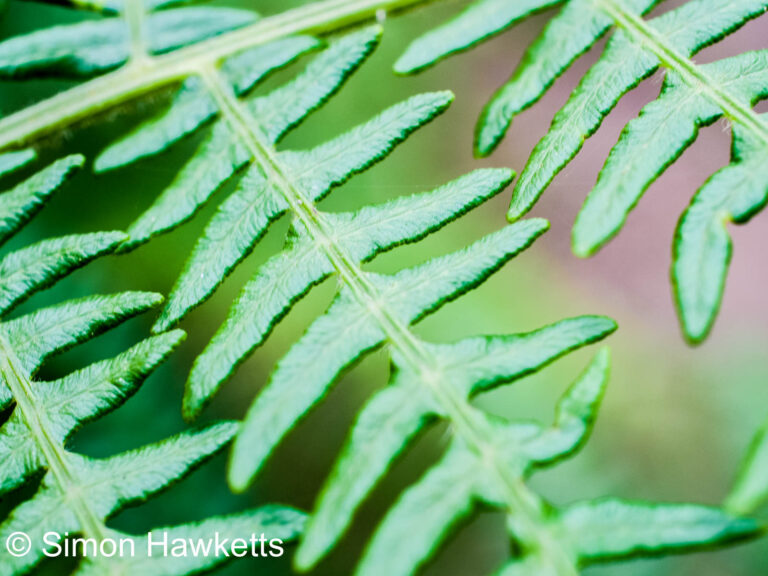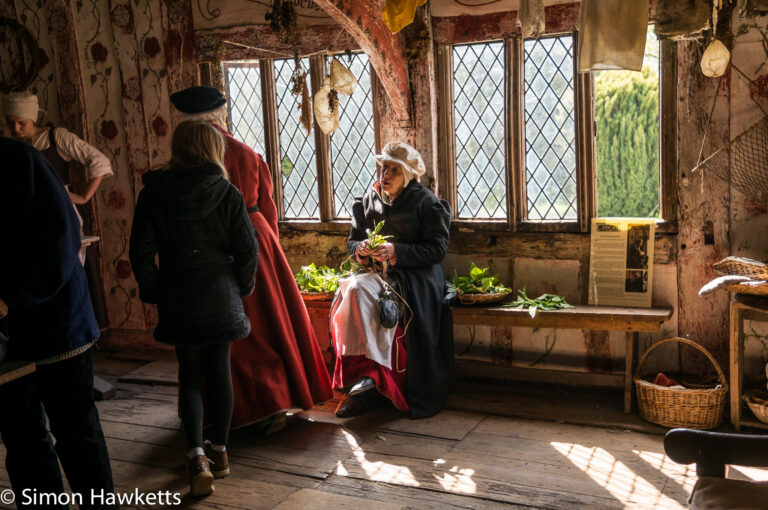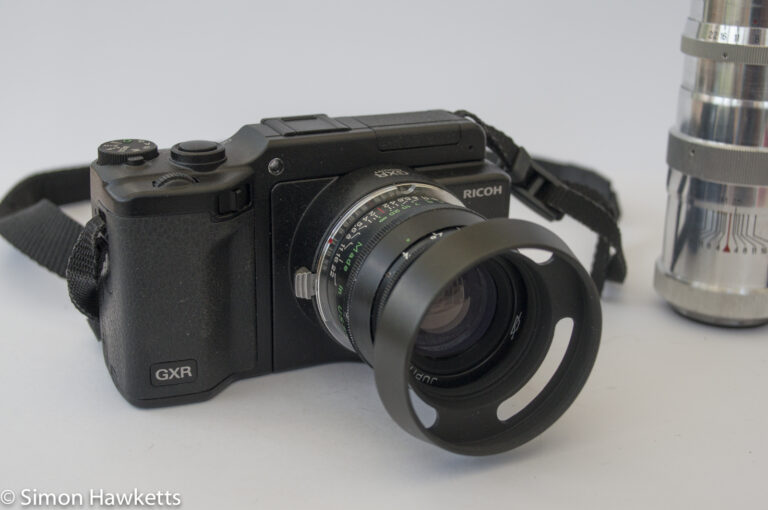Ricoh GXR A12 50mm macro unit
As I wrote in a recent post I found a supplier in China selling Ricoh GXR A12 50mm APS-C lens units for my Ricoh GXR camera unit for a remarkably cheap £88 and snapped one up. This is a review of that unit concerning its usability and performance.
Ricoh GXR A12 50mm macro Description
Just to clarify one point, the 50mm in the unit’s description describes the equivalent focal length in 35mm full frame terms.
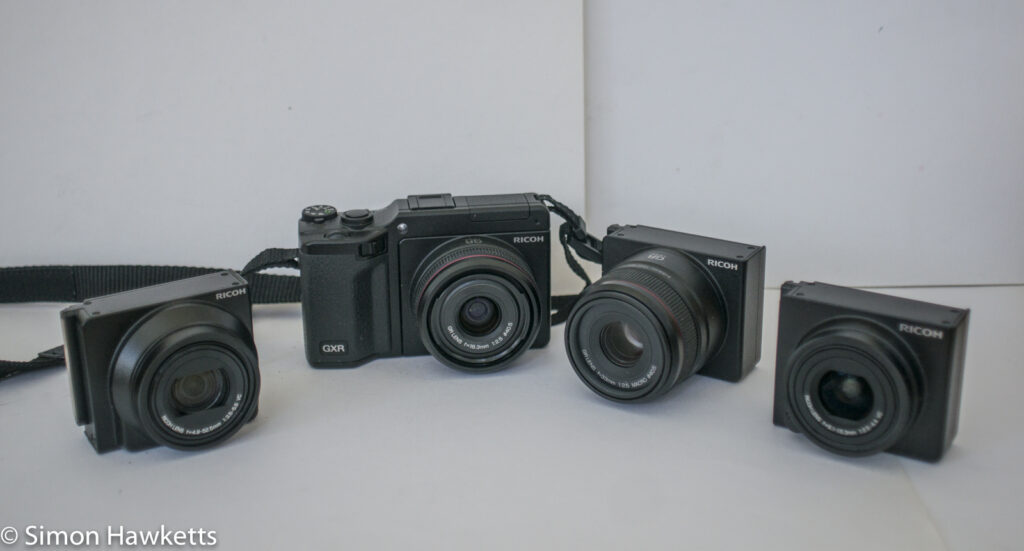
The actual focal length of the lens is 33mm which, when the crop factor of the sensor is taken into account, is 33 x 1.5 or 49.5mm – close enough to 50mm for most people. That makes this lens unit a typical standard lens length and it has the added advantage of being able to focus as close as 7cm, hence the macro in the title. Some of the features of the lens unit are:
- Built in retractable lens hood
- Smooth 2 speed manual focus ring
- Magnification ratio 1:2 at closest focus point
- APS-C sized sensor
- ISO range 200 – 3200 + ISO Lo
- Aperture range f/2.5 to f/22
- Shutter speed 15sec to 1/3200sec settable
- 9 lens elements in 8 groups
- Multi blade aperture (circular)
- 40.5mm filter diameter.
Economic Viability
I think something which should be said straight away is that although I love the GXR and find it a great camera to use, it is only possible for me to own it because it is discontinued and I could get the modules at knock down prices. It’s biggest failing when introduced was that it was simply too expensive to make sense.
The original price of the Ricoh GXR A12 50mm macro unit was around the £600 mark, and when you add on the £400 odd pounds for the body you are paying more than the price of the Nex 6 and a couple of lenses for a body with a single 50mm macro lens.
When you factor in that you would then need to pay another £600 for a 28mm module which contains the same sensor, it becomes completely unrealistic. Although I’d seen the system from its outset and was interested in owning one, the only reason I could actually justify owning one (to my wife) was because I got the body for about £125 and the 50mm lens unit for about £90. At that price it’s a nice, good quality, large sensor pocketable (sort of – more so with the 28mm unit) camera at a reasonable price.
Usability
When discussing usability it is inevitable that the camera body itself will also be discussed since the lens unit itself is useless until it is attached to the body. These are some of the features which I’ve found most useful and noteworthy.
Manual Focus
One of the main reasons I bought this unit is to take macro pictures and for that application a good manual focus is fairly important.
When I first tried it I actually thought it was pretty poor because the ‘focus by wire’ implementation was slow to move the focus point so I found I was having to make multiple turns to get things in focus. Then I discovered that if you hold the macro button on the back panel as you turn the focus dial the camera moves into ‘high speed’ and you can rapidly get close to the correct point and then release the macro button to fine tune. Now, ideally I would like that action to be the other way round with high speed the default option but, oddly for the gxr, I can’t seem to do that.
The other great enhancement for manual focus is the ‘Focus assist’ modes on offer which are similar to what Sony call ‘focus peaking’. The gxr actually offers two settings:
- A mode very similar to the Sony implementation which enhances the edges of in-focus areas with a shimmery effect in white
- A mode which looks like a high pass filter which shows only the edges of in-focus areas against a grey background.
You can also magnify the screen to get a close up view of the area being focused by holding the menu button until the magnified portion appears. In manual focus, with one of these focus assist modes enabled it’s relatively easy to pin point the focus pretty rapidly. Another little feature which is quite nice, especially when mode 2 is engaged, is that as you half press the shutter the image on the view screen returns to a full colour picture to aid composition.
User modes
This is not really a feature of the 50mm macro unit but of the Ricoh GXR in general but following on from the manual focus for macro use it seems natural to mention this.
The user setting facilities on this camera are phenomenal.
Since you can customize virtually every setting and save it, it’s possible to set everything up for a particular application and recall it at a turn of the mode dial – and those customisations can be saved to the camera unit and therefore be applicable only to that unit.
For example, I just described the great manual focus settings. This is brilliant for macro use, but if I fitted the 28mm unit to the camera to take some landscapes, I probably wouldn’t really want focus peaking set. Conversely, if I’d just taken my landscapes, removed the 28mm unit and fitted the macro unit because I wanted to take a macro of a bee I’d just seen on a flower, I wouldn’t want to set to manual focus, turn on focus peaking etc etc.
This is where the user modes, called My1, My2 & My3 come in. I can set My1 on the 50mm unit to be ready for macro photography by turning on manual focus, selecting focus assist mode 2, setting multi metering, aperture priority mode and even setting a start up focus distance and aperture. When I attach the unit to the camera and turn it on with the mode dial set to My1 the camera instantly snaps to those settings.
That means, in the situation I described above, as I turned away from taking my landscape view and saw the bee, I could remove the 28mm unit, snap in the 50mm unit and as I turned the camera on and bend down to photograph the bee the camera is completely set up ready to go including pre focused to 10cm distance!
Ricoh GXR 50mm Performance
ISO performance.
This is a large sensor unit and so should have a reasonable iso performance, particularly since the sensor used is almost certainly the same sensor as used in some other great cameras like the Pentax K-r etc. However, in order to test this I took the pictures below at the various iso settings offered to get some comparison pictures.
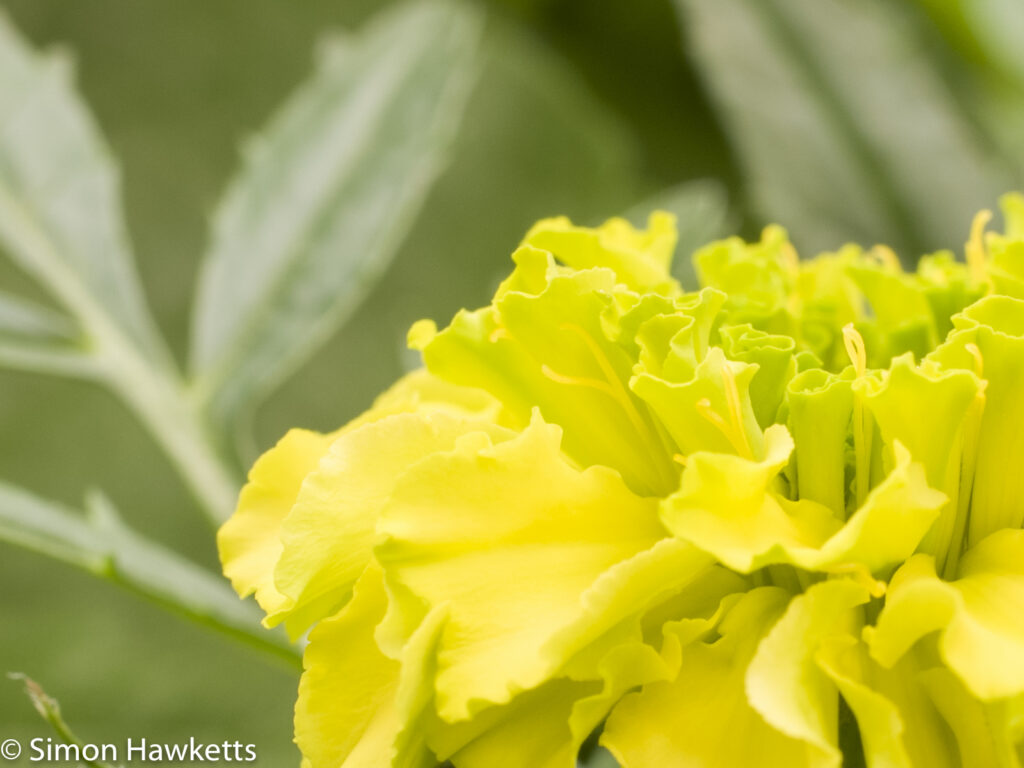
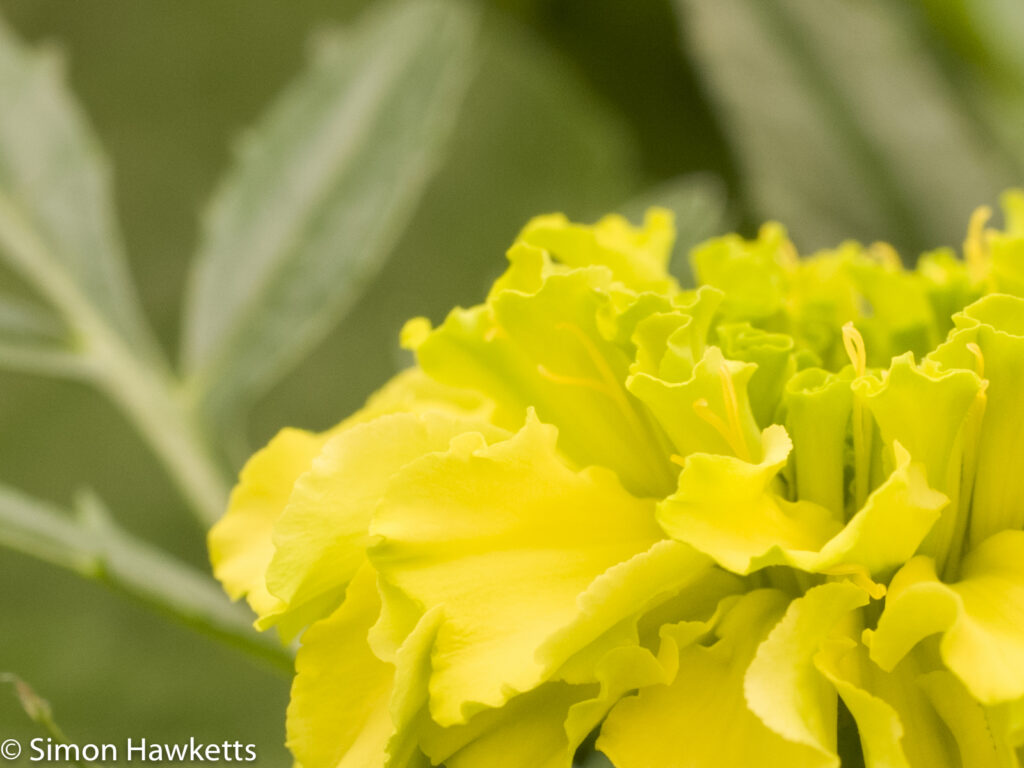
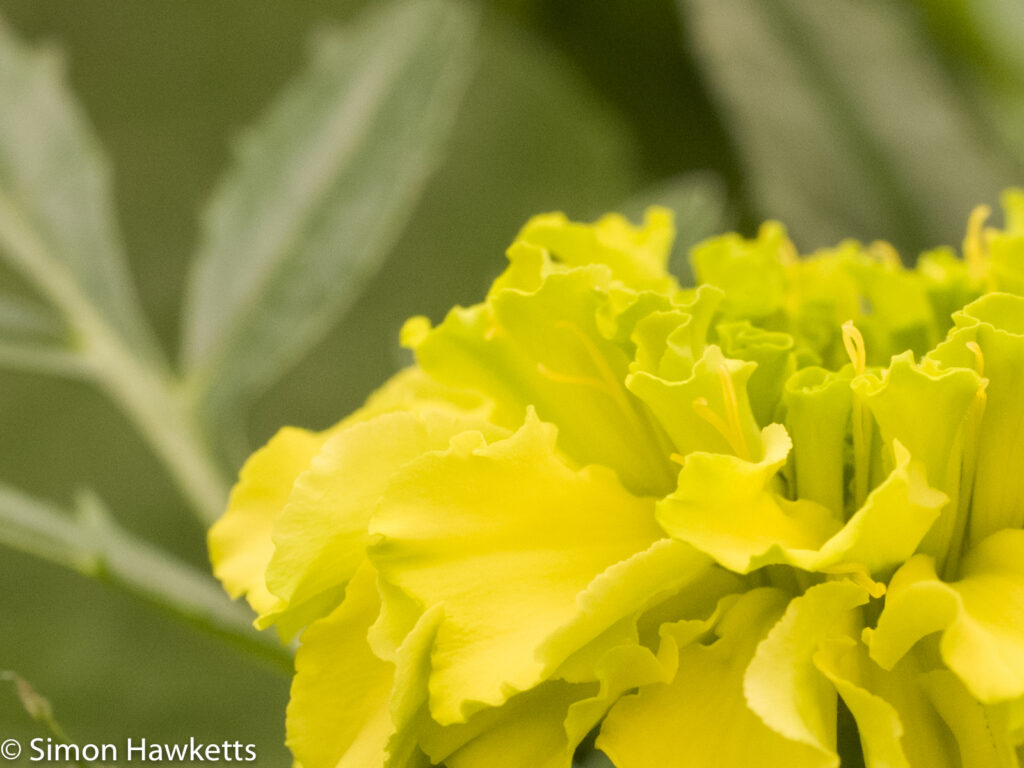
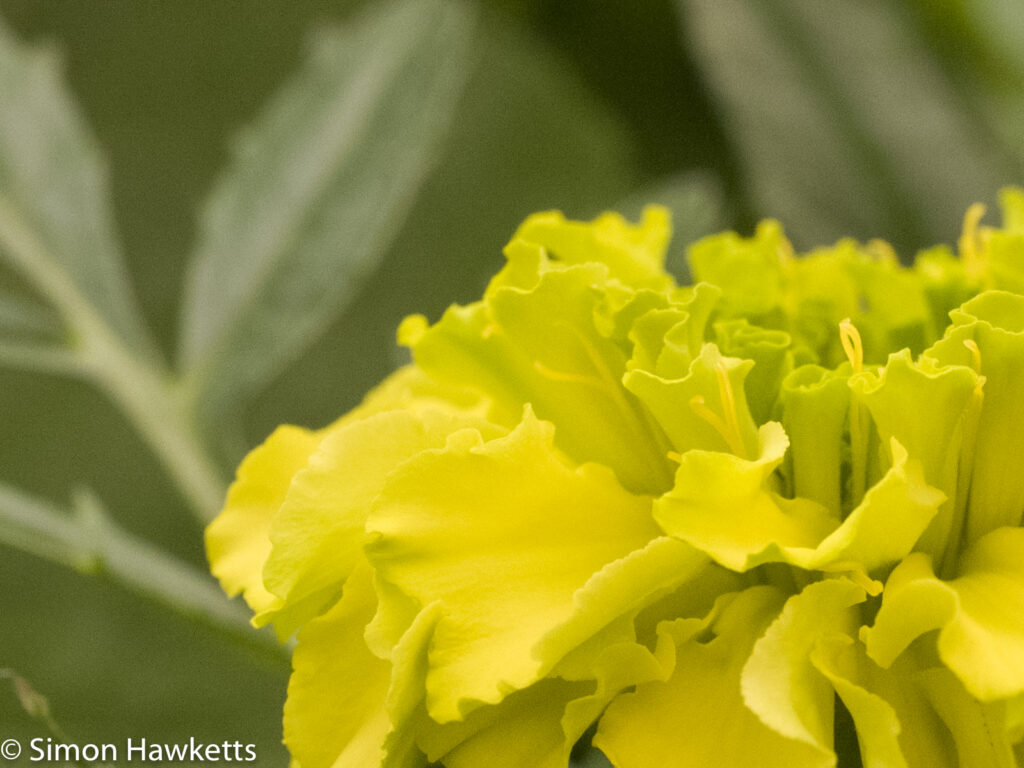
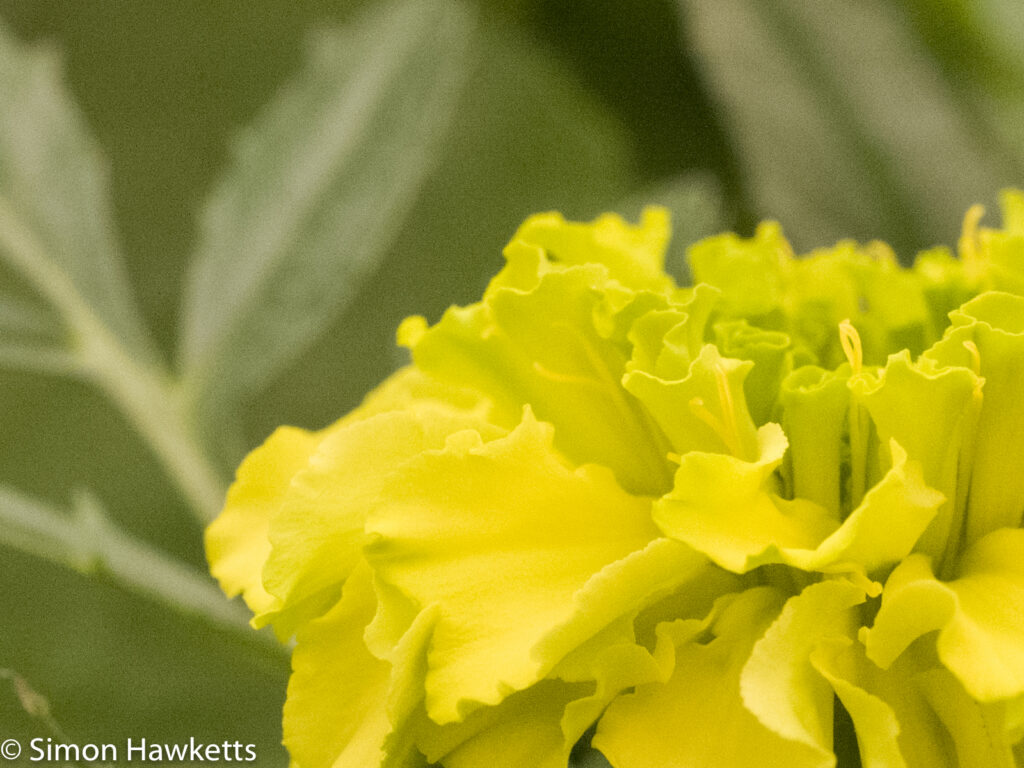
These pictures were all taken from the same spot with the camera mounted on a tripod. I set the self-timer to 2 seconds so I wasn’t likely to be shaking the camera as my hand pressed the shutter release and set the aperture at f/9 to get a reasonable level of depth of field. I then took pictures at each of the iso settings above. The images were imported to Lightroom and then the 200 iso image was cropped to approx 100% and the crop synced to the other pictures. I then exported the images as jpegs.
I think noise starts to become apparent in the 1600iso picture, but isn’t really a problem and I would have no real issue with using the 3200 iso image as well (remember these are cropped pictures down to 100%).
Video performance
As a general rule I don’t shoot a lot of video but this 50mm unit can be used to take video clips and I’ve included a sample below, however the video capabilities are very limited. Once in video mode no adjustments can be made to the aperture or focus point. You can’t select manual focus so basically all you can do is point and shoot.
There are a few different resolutions offered including 720p.
Ricoh GXR A12 50mm General pictures.
These are some general pictures I have taken with this lens unit over the last couple of weeks which I think all show a good level of performance from the lens/sensor unit. Each of these were processed in Lightroom using my normal processing steps but didn’t require a great deal of alteration.


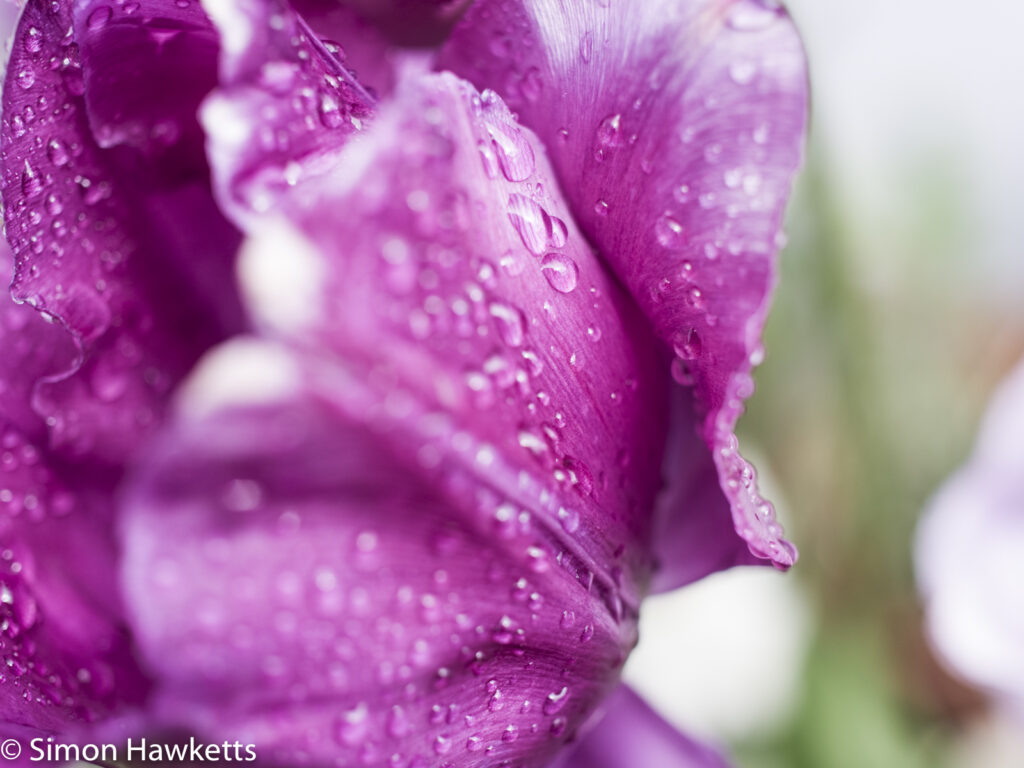

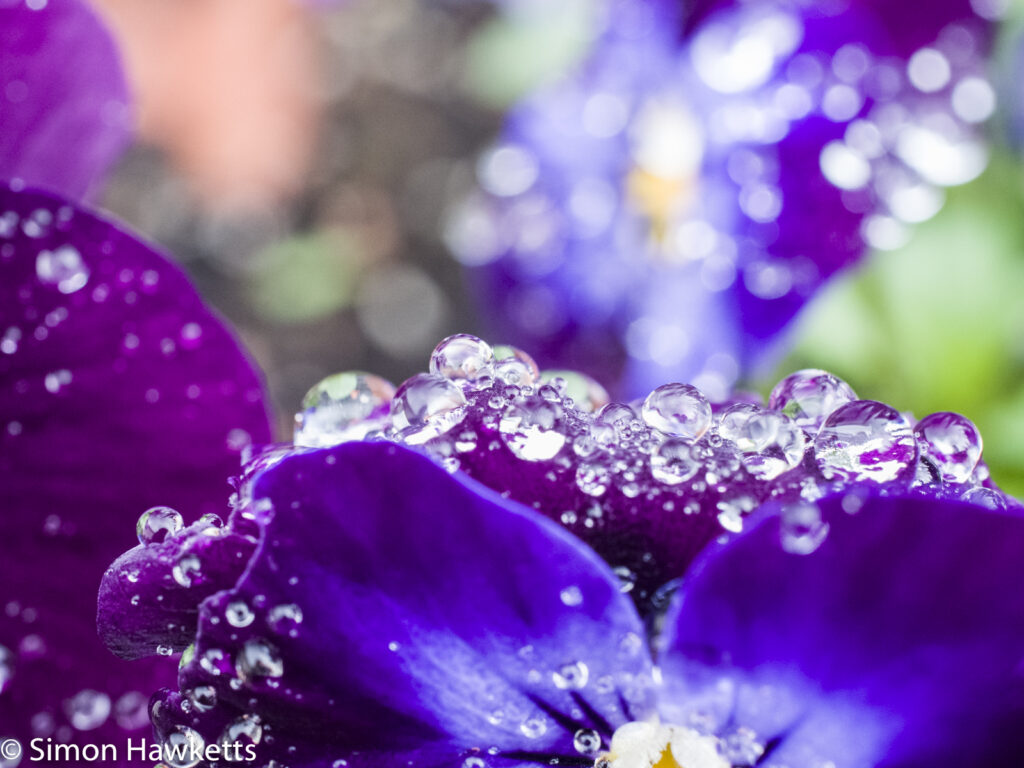
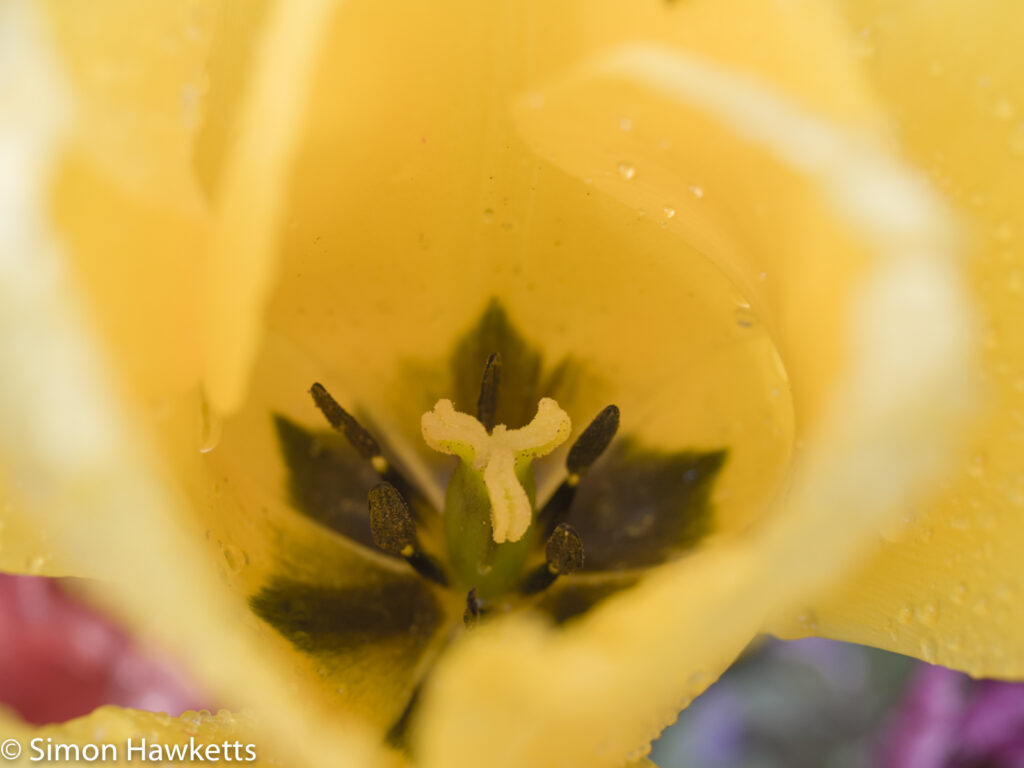
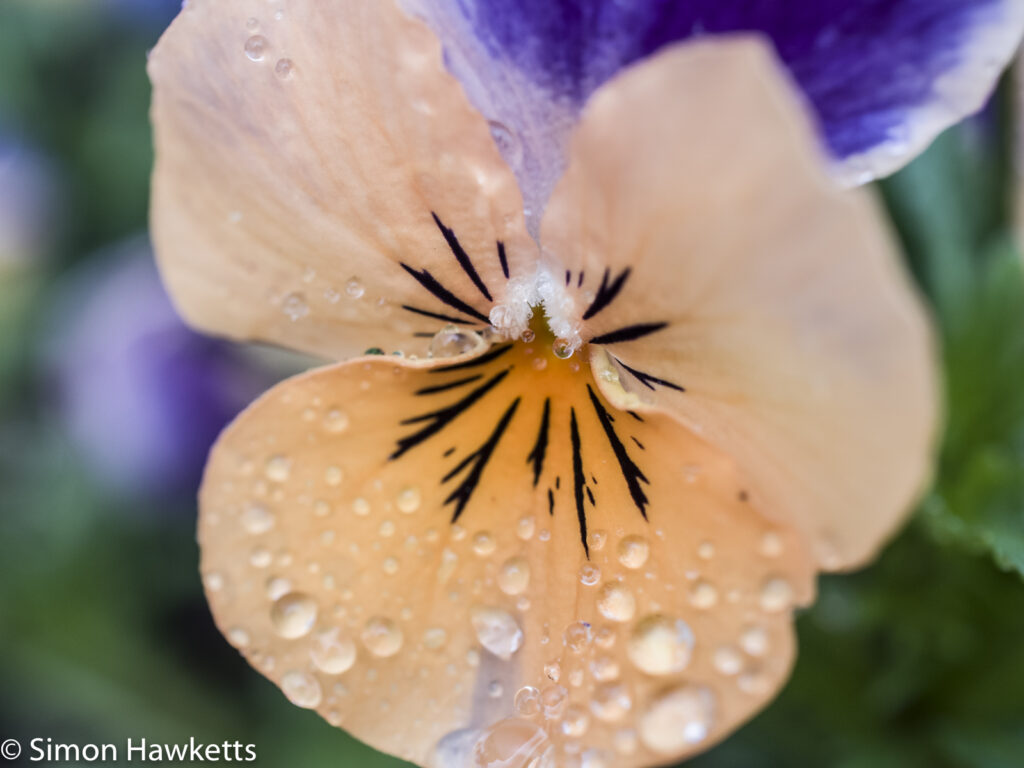
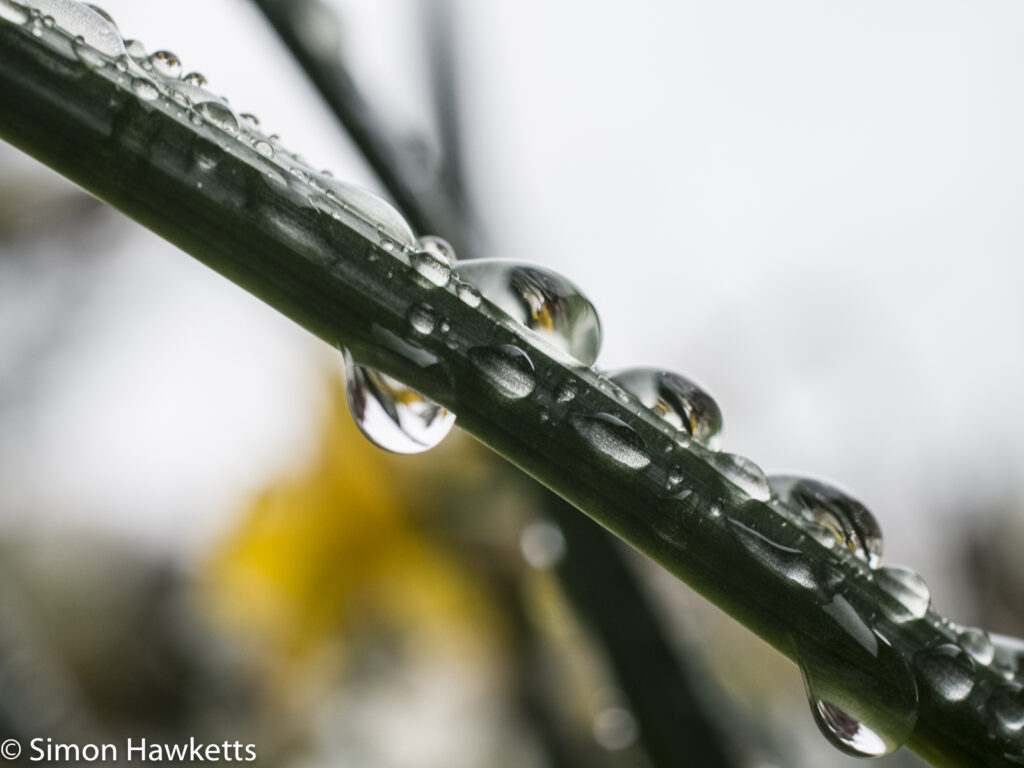
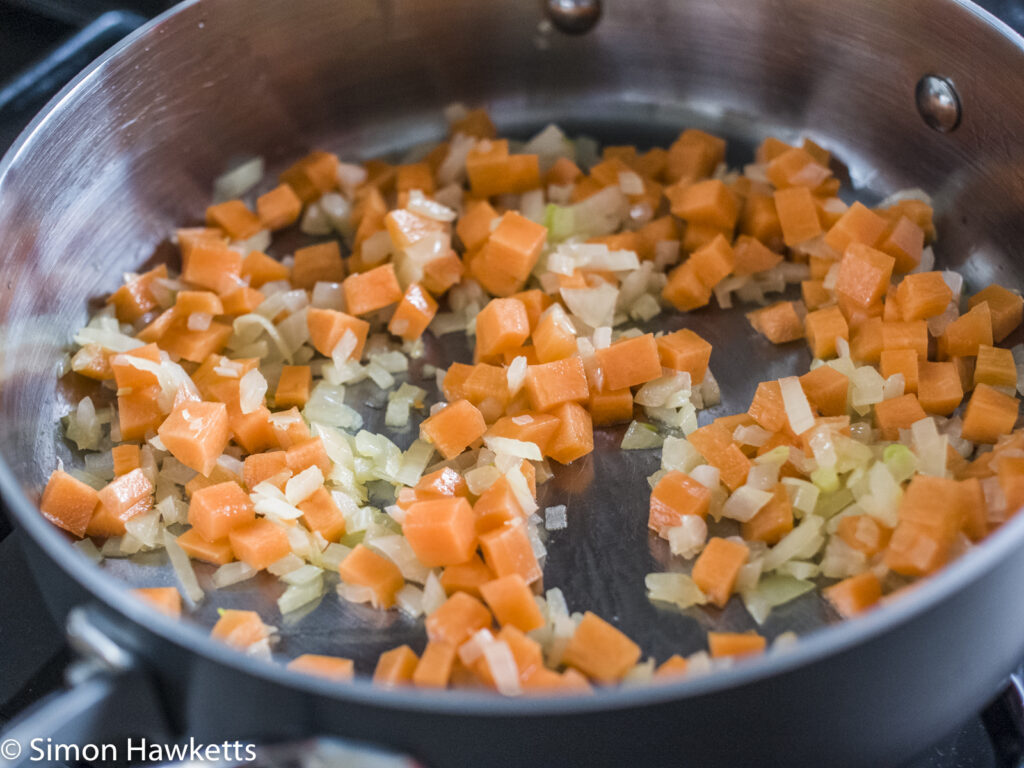
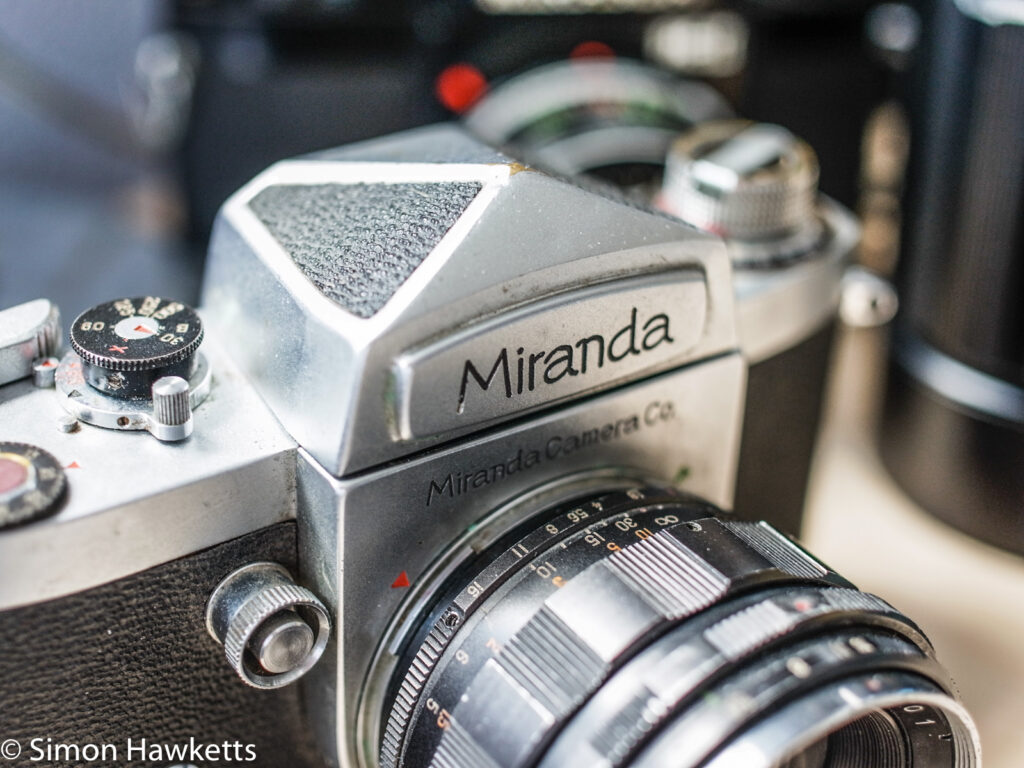
Overall ability of Ricoh GXR A12 50mm unit.
Overall I’ve been very impressed with the quality and usability of this unit on the GXR body. It is certainly a huge improvement in picture quality over both the P10 and the S10 small sensor units, and is a really nice unit to be able to click into place in the body.
The one slight annoyance of the GXR is the LCD panel for picture composition and set up, but I’m hoping to one day find a VF-2 viewfinder on ebay for a reasonable price which would solve that issue.
I suppose the other great regret is that Ricoh didn’t follow through on the original concept and continue to make new sensor and lens units for the camera at a reasonable price and continue to enhance the firmware. In many ways this is the ideal mirrorless camera, but it’s 4 years old and is being left behind. Mind you – it still takes great pictures and that is really the thing that is important.



